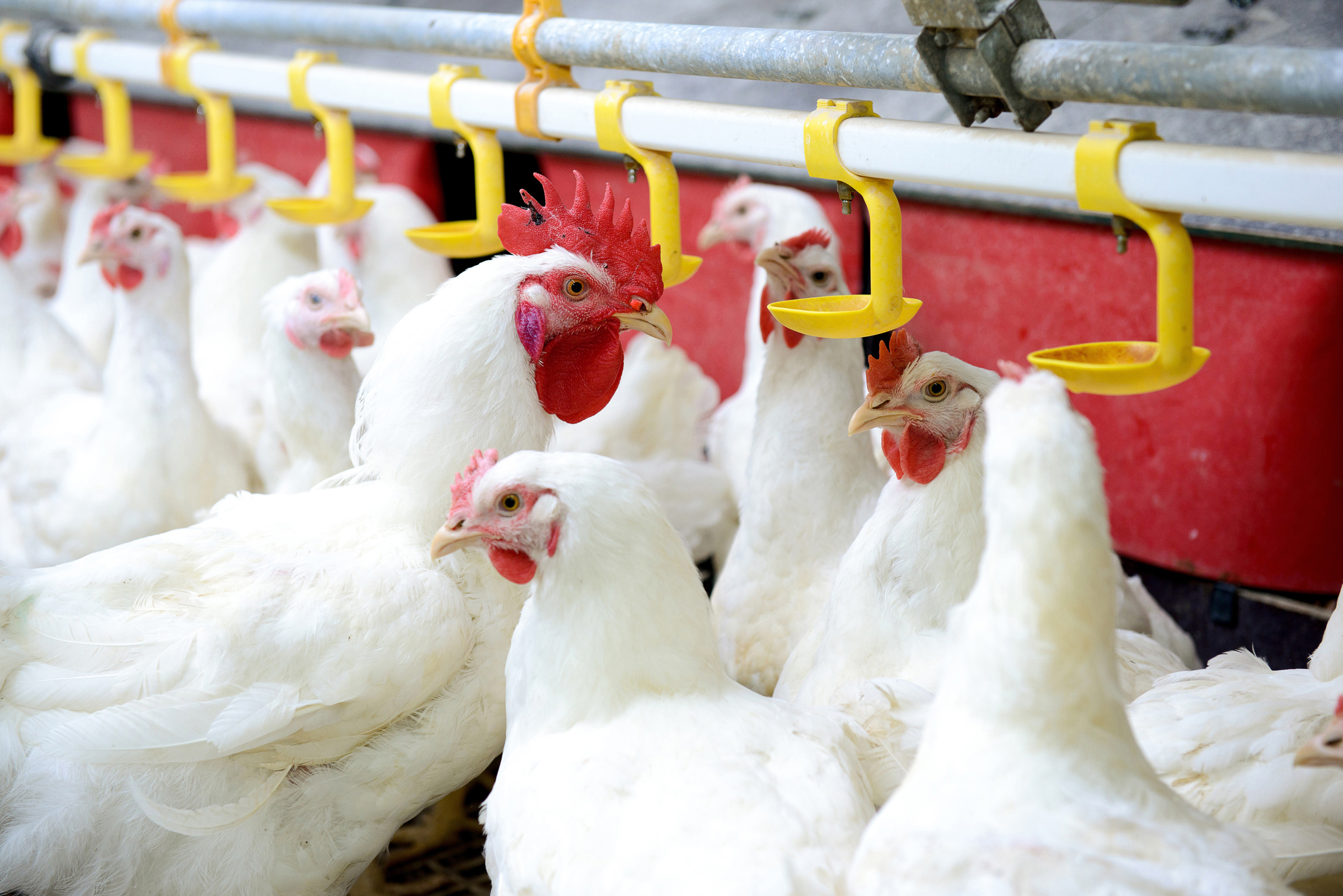Heat stress is a major challenge in Poultry and dairy production, especially during the hot summer months. It occurs when birds/animals face difficulty in achieving a balance between body heat production and heat loss. This imbalance can lead to several health issues and production losses.
Poultry:
⬆ Mortality ⬇ Feed intake
⬇ Gut health ⬆ CFCR
⬇ Body weight ⬇ Meat quality
⬇ Immunity ⬇ Egg production.
⬇ Egg weight ⬇ Egg shell quality
⬇ Albumin height ⬇ Hatchability
Mitigating strategies to reduce heat stress in poultry
1. Drinker system management -
- Availability of drinking water
- Sufficient water flow (> 70 ml/minute/nipple drinker)
- Sufficient drinker space
- Additional drinkers for floor-reared flocks
- Keeping water temperature below 25°C
- Flushing water lines during the afternoon
- Vitamin and electrolyte supplements in the drinking water
- Installation of water tank inside the shed
- Pandhal and whitewash for water tank which is outside
- Underground water pipeline
- Covering of pipeline which is not underground
2. Ventilation and Farm management
- Do not disturb the birds during the hottest time of the day
- Adjust work schedules and lighting programs
- Management practices should be done in the early morning hours (beak trimming, transfer and vaccinations)
- Use foggers and misters – Adjust time on the basis of temperature and humidity.
- Using roof sprinklers during times of extremely high temperature
- Do not run the feeders during the hottest time of the day
- Increase the movement of air in open houses with stir fans - minimum velocity of 1.8–2.0 meters/ second
- Do not overstock cages
- Transport birds early in the morning or at night
3. Lighting Program
- Adjust the lighting program to provide more morning light hours - to encourage feed consumption
- Use a midnight feeding of 1–2 hours to provide an additional feeding
- Lower the intensity of light during the hottest time - to reduce bird activity.
4. Nutritional Management
- Avoid feeding times during hot periods of the day
- Feed distribution at early morning (1/3) & evening time (2/3)
- Feed type – mash /crumble - With crumble diets, presentation of large particle limestone
- Feed should be made denser with nutrients, vitamins, and minerals
- Usage of vegetable or highly digestible protein sources
- Formulate to digestible amino acid targets
- Usage of Fats or oils to adjust feed energy
- Vit. C , Vit. E and betaine
- Feed should be denser with nutrients, vitamins, and minerals
- Use of Maduramycin as an anticoccidials
- Dietary electrolyte balance (molar equivalence of Na+ + K+ – Cl-) - <250 mEq/kg
- Intellibond ZMC
